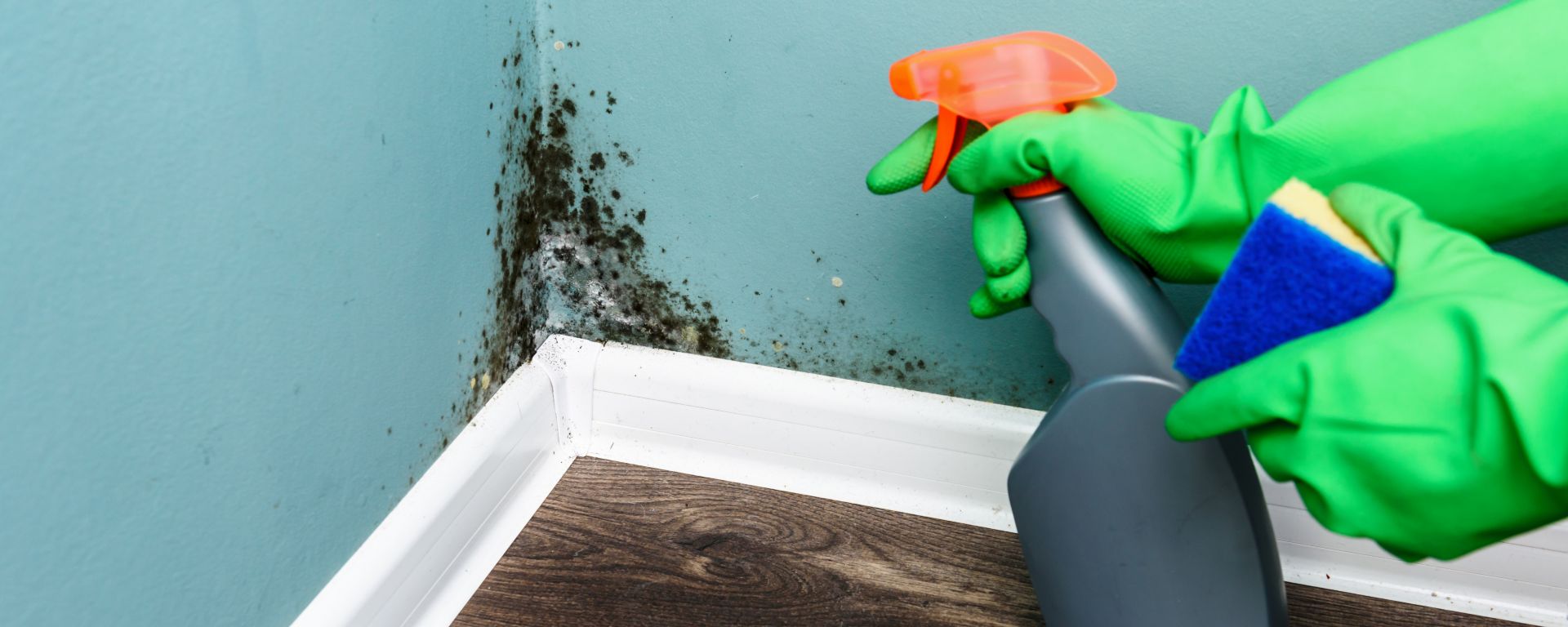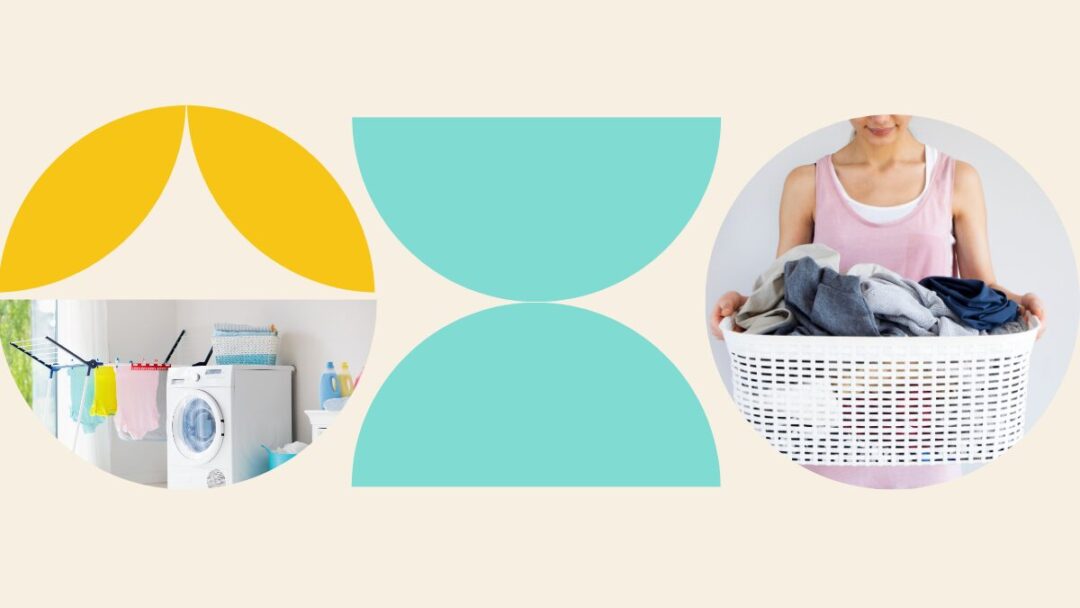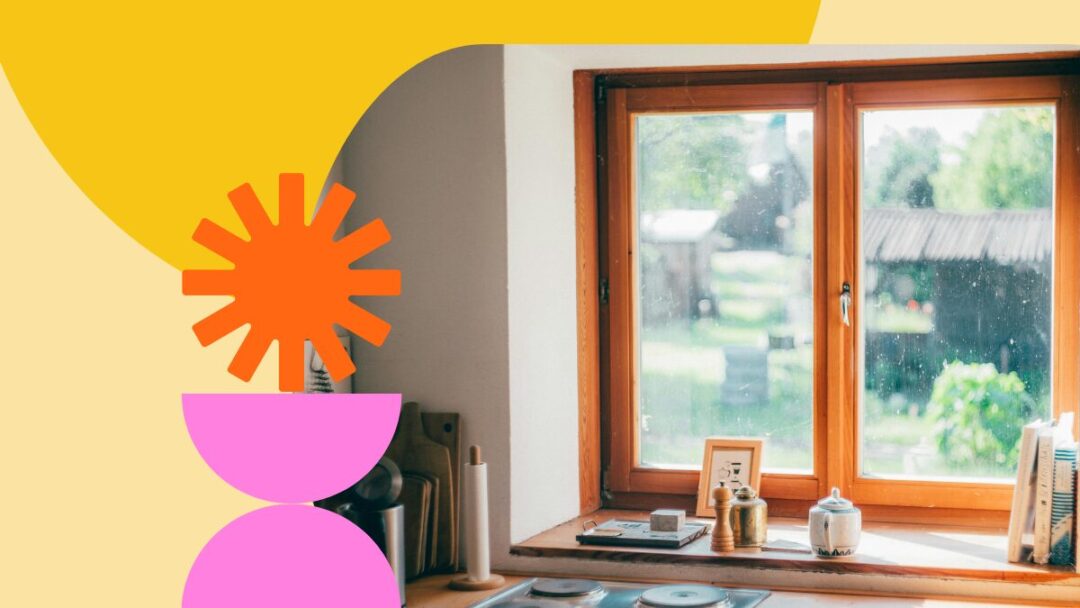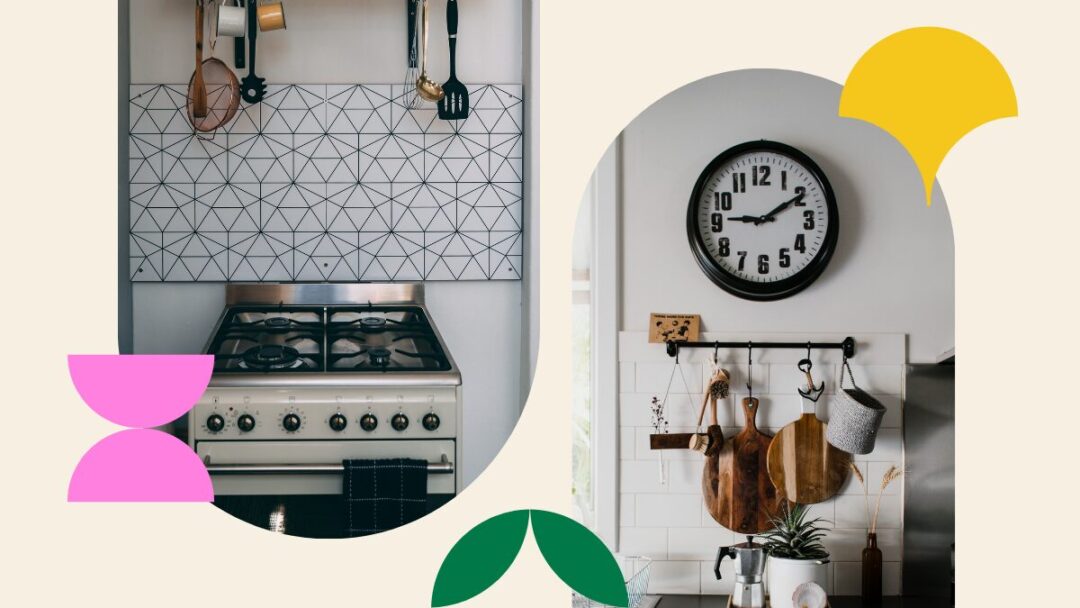Mould spores can be found everywhere, and once they find enough moisture and warm temperatures, they thrive and grow. Some types of fungi are beneficial, but many can be destructive to your health and home. Mould can heighten asthma, cause neurological damage in children, and even infect your bones if left untreated. In this article, we will look at the 12 common types of mould and how to get them out of your home. To prevent mould growth, book an expert cleaning service with the trusted SweepSouth team.
Categories Of Mould
The most common types of mould that you may encounter are allergenic, pathogenic, and toxic:
- Allergenic mould sometimes requires removal by a professional, but can usually be removed with home disinfectants.
- Pathogenic mould can be kept at bay with disinfectants, but large mould colonies will require removal by a professional.
- Toxic moulds are the most harmful and require a pro to kill the mould and throw away any affected materials.
Once the mould is found and removed, it’s important to find the areas with moisture problems to prevent future mould growth.
Common Types Of Toxic Mould
Type 1 – Stachybotrys
Black mould is harmful, slimy and black. It typically grows in wet, warm spaces that have persistent humidity, like a basement or bathroom. It has a musty odour that if exposed to, you may suffer from breathing issues, sinus pain and headaches. Black mould can also cause neurological damage in children. If you have black mould, get your children away from the house and call a mould removal expert as soon as possible.
Type 2 – Fusarium
This type of mould is a fungus, it grows in fabrics such as carpet and wallpaper, even if it’s cold. This mould spreads quickly and appears pink, white or reddish. If you find it in one area of your home, you’ll want to carefully search the rest of your home. Fusarium is an allergenic and toxic mould that can cause allergic reactions like sneezing, itchy eyes and sore throats. Being around it for a long time can cause fatal conditions including bone infections and internal bleeding.
Type 3 – Penicillin
This type of mould causes and treats infections. Penicillin is a velvety blue or green mould and is usually found in water-damaged areas of the home. Penicillin spores travel fast and can be found in your carpet, mattresses and wallpaper. A penicillin infection can cause symptoms from various conditions and illnesses, especially in those with weaker immune systems.
Type 4 – Trichoderma
This type of mould colony looks white and woolly, and grows in green patches. This sort of mould grows on the damp carpet and wet surfaces. It’s allergenic but can act like black mould too and result in similar health problems. Trichoderma can damage building materials, ruin wood and cause rotting. This type of mould should be dealt with by a professional.
DIY Mould Cleaning
If allergic moulds are found early, they are easier to remove with household disinfectants. When you begin using products to clean, be sure there is enough ventilation in the area and wear protective gear such as gloves, goggles and old clothes that can be washed in hot water to kill mould spores or even thrown away.
- Chlorine Bleach: sodium hypochlorite or household bleach works best at destroying mould and restoring discolourations. It can be rather harsh and must be diluted with water before use.
- Hydrogen peroxide: not as harsh as chlorine bleach, but hydrogen peroxide will kill mould and lighten discolouration. It does have a bleaching effect, but works slower than chlorine and has no toxic fumes or residue.
- Distilled white vinegar: vinegar is acidic and slowly breaks down the makeup of the mould, killing it. Vinegar is non-toxic; mould stains may stay and you may need to do some additional scrubbing with another household cleaner.
- Baking Soda And Borax: baking soda or sodium bicarbonate and borax have high pH levels that inhibit the survival and growth of mould. Both of these cleaners are inexpensive and non-toxic, and they can be easily mixed with water. Borax is slightly more acidic than baking soda, but baking soda is still effective and a strong cleaner.
Tip: keep in mind that if a mould infestation covers more than 10 square feet, call in a professional to take care of the removal. Removing large mould colonies requires exposure to dangerous heavy-duty chemicals and requires proper removal of infested materials.
Here are all the additional types of mould you may find in your home:
1. Acremonium
This type of mould typically begins as a small colony of grey, pink, orange or white moist mould that turns powdery. It is often found in humidifiers, cooling coils, drains and drain pans, and close to leaking windows. This sort of mould is usually found with black mould and does require removal by a professional.
2. Alternaria
This mould is usually dark green or brown and has a velvet-like texture with protruding hairs. They are often found in shower stalls, bathtubs and around sinks. It is usually a clear sign of water damage and will spread quickly. Luckily this type of mould can be safely removed with sufficient cleaning unless the colony has become overgrown.
3. Aspergillus
Aspergillus mould usually appears in green or grey spores that form in thick layers of mould. Multiple species of this mould appear in various colours. Often found on wooden surfaces, extensive infestation should be removed by a professional.
4. Aureobasidium
This type of mould appears as pink, brown or black mould that turns brown as it grows and matures. It can usually be found in dark, damp and water-damaged areas like under carpets, underneath wooden surfaces and behind wallpaper. Protective clothing as well as eye protection and gloves must be worn while cleaning small-sized infestations.
5. Chaetomium
These mould spores begin as a white cotton-like substance but darken to grey, brown or black. This type can be distinguished by a musty odour. They thrive in water-damaged dry walls, wood, wallpaper and under damp carpet or roof shingles. This type of mould is often mistaken for black mould, so removal is best left to the pros.
6. Cladosporium
Cladosporium mould can be found in cold and warm areas, it appears in a suede-like texture with a brown or olive green colour. It is usually located on carpet, upholstery, drapes and under floorboards. Small colonies can be cleaned yourself, but larger colonies will require a professional.
7. Mucor
This mould grows rapidly and develops thick patches of white or grey mould. Usually found in areas that are wet and where condensation has formed, this may be near air conditioners and leaky doors and windows. They are classified as allergenic and can be cleaned by a homeowner, except if infestations are too large, in which case an expert will need to remove them.
8. Penicillin
Penicillin mould spreads quickly and is usually velvety in texture with a blue to green-like colour. Often found in wallpaper, dusty mattresses and carpets. The small colonies can be cleaned without a pro but should be approached with care. Larger infestations must be removed by professionals.
9. Trichoderma
Trichoderma typically grows in white and green colonies. It can grow on wallpaper, carpets, fabrics and surfaces exposed to excessive amounts of moisture. Usually non-pathogenic and able to be cleaned by a homeowner, be sure to use the correct protective measures. This mould produces an enzyme that attacks wood, textiles and even paper. It can cause significant damage to a building or home.
10. Ulocladium
The last type of mould, ulocladium, is formed in black clumps. It is typically found in kitchens, bathrooms and basements that have undergone water damage, or even areas that remain wet for extended periods. If caught early enough, you will be able to clean the mould yourself.
If you haven’t yet, you may want to check your home for signs of mould before it becomes too big of an infestation for you to handle yourself. If you are about to attempt cleaning mould colonies, don’t forget to wear proactive gear to protect your hands and eyes. Catch mould before it causes illness to your family; if you have any confusion or need help, call in a professional. They will know exactly how to safely remove the mould and affected materials from your home with little effort.
As mould is commonly found in certain areas including the bathroom, kitchen, basements, and carpets, you may want to learn how to spring clean your bathroom, spring clean your kitchen, spring clean your living room and deep clean your carpets by hand. Make sure they dry properly to prevent possible cases of mould.









